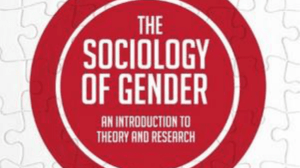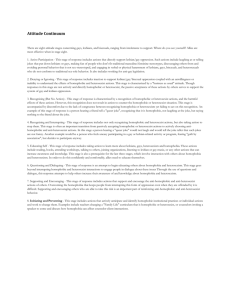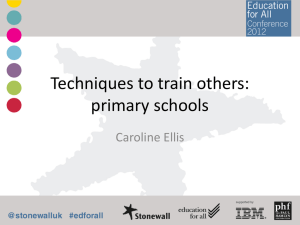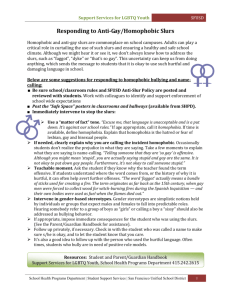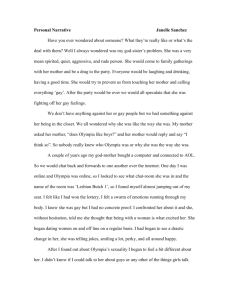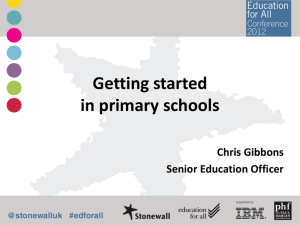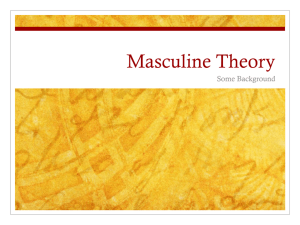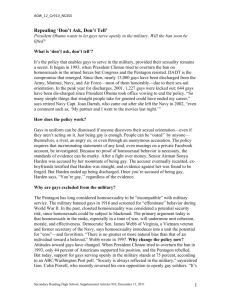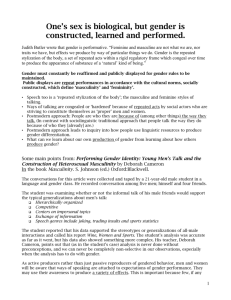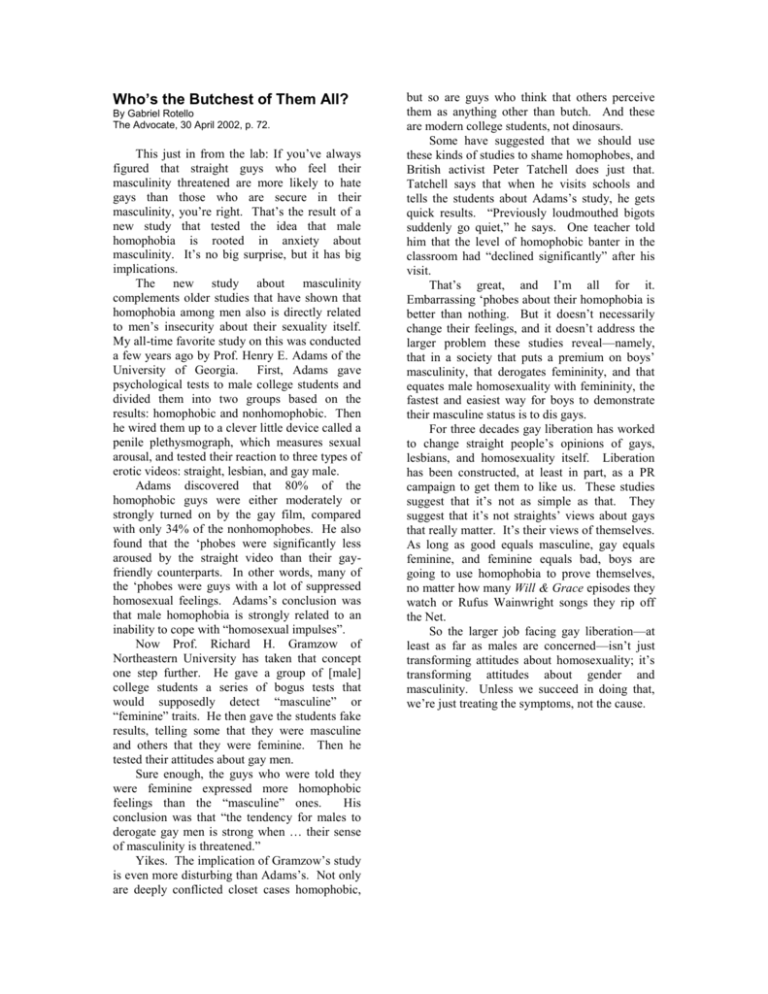
Who’s the Butchest of Them All?
By Gabriel Rotello
The Advocate, 30 April 2002, p. 72.
This just in from the lab: If you’ve always
figured that straight guys who feel their
masculinity threatened are more likely to hate
gays than those who are secure in their
masculinity, you’re right. That’s the result of a
new study that tested the idea that male
homophobia is rooted in anxiety about
masculinity. It’s no big surprise, but it has big
implications.
The new study about masculinity
complements older studies that have shown that
homophobia among men also is directly related
to men’s insecurity about their sexuality itself.
My all-time favorite study on this was conducted
a few years ago by Prof. Henry E. Adams of the
University of Georgia. First, Adams gave
psychological tests to male college students and
divided them into two groups based on the
results: homophobic and nonhomophobic. Then
he wired them up to a clever little device called a
penile plethysmograph, which measures sexual
arousal, and tested their reaction to three types of
erotic videos: straight, lesbian, and gay male.
Adams discovered that 80% of the
homophobic guys were either moderately or
strongly turned on by the gay film, compared
with only 34% of the nonhomophobes. He also
found that the ‘phobes were significantly less
aroused by the straight video than their gayfriendly counterparts. In other words, many of
the ‘phobes were guys with a lot of suppressed
homosexual feelings. Adams’s conclusion was
that male homophobia is strongly related to an
inability to cope with “homosexual impulses”.
Now Prof. Richard H. Gramzow of
Northeastern University has taken that concept
one step further. He gave a group of [male]
college students a series of bogus tests that
would supposedly detect “masculine” or
“feminine” traits. He then gave the students fake
results, telling some that they were masculine
and others that they were feminine. Then he
tested their attitudes about gay men.
Sure enough, the guys who were told they
were feminine expressed more homophobic
feelings than the “masculine” ones.
His
conclusion was that “the tendency for males to
derogate gay men is strong when … their sense
of masculinity is threatened.”
Yikes. The implication of Gramzow’s study
is even more disturbing than Adams’s. Not only
are deeply conflicted closet cases homophobic,
but so are guys who think that others perceive
them as anything other than butch. And these
are modern college students, not dinosaurs.
Some have suggested that we should use
these kinds of studies to shame homophobes, and
British activist Peter Tatchell does just that.
Tatchell says that when he visits schools and
tells the students about Adams’s study, he gets
quick results. “Previously loudmouthed bigots
suddenly go quiet,” he says. One teacher told
him that the level of homophobic banter in the
classroom had “declined significantly” after his
visit.
That’s great, and I’m all for it.
Embarrassing ‘phobes about their homophobia is
better than nothing. But it doesn’t necessarily
change their feelings, and it doesn’t address the
larger problem these studies reveal—namely,
that in a society that puts a premium on boys’
masculinity, that derogates femininity, and that
equates male homosexuality with femininity, the
fastest and easiest way for boys to demonstrate
their masculine status is to dis gays.
For three decades gay liberation has worked
to change straight people’s opinions of gays,
lesbians, and homosexuality itself. Liberation
has been constructed, at least in part, as a PR
campaign to get them to like us. These studies
suggest that it’s not as simple as that. They
suggest that it’s not straights’ views about gays
that really matter. It’s their views of themselves.
As long as good equals masculine, gay equals
feminine, and feminine equals bad, boys are
going to use homophobia to prove themselves,
no matter how many Will & Grace episodes they
watch or Rufus Wainwright songs they rip off
the Net.
So the larger job facing gay liberation—at
least as far as males are concerned—isn’t just
transforming attitudes about homosexuality; it’s
transforming attitudes about gender and
masculinity. Unless we succeed in doing that,
we’re just treating the symptoms, not the cause.


